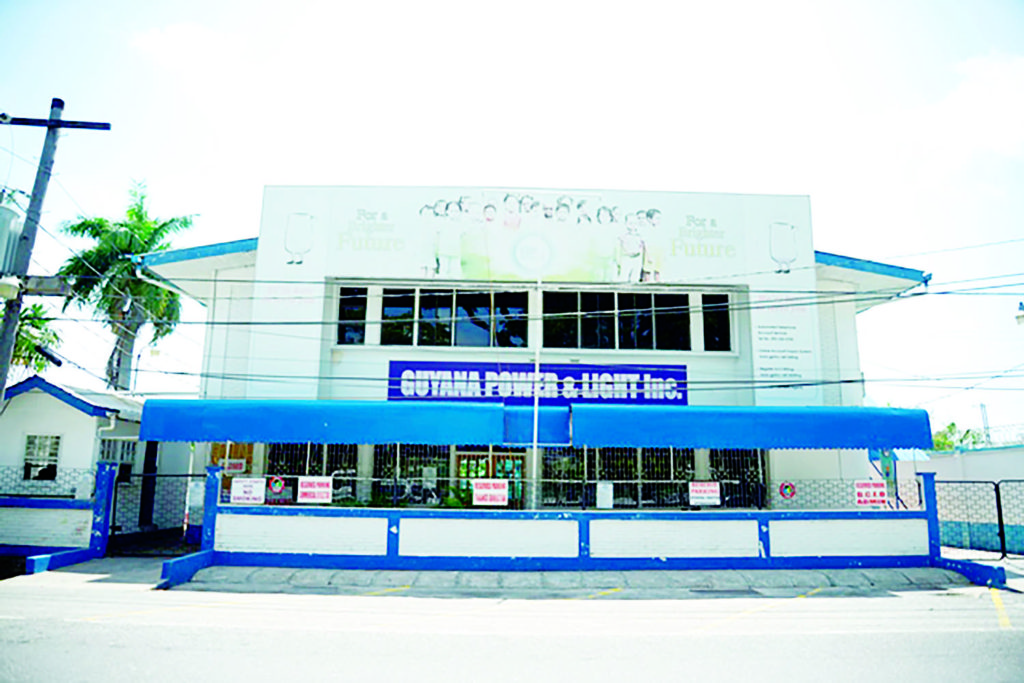PUC review
…power company blames shutdowns on Demerara-Berbice Interconnected System
 The Guyana Power and Light (GPL) exceeded its power outage limit for 2019. This is according to a recent review of the power company’s Operating Standards and Performance Targets (OSPT) conducted by the Public Utilities Commission (PUC).
The Guyana Power and Light (GPL) exceeded its power outage limit for 2019. This is according to a recent review of the power company’s Operating Standards and Performance Targets (OSPT) conducted by the Public Utilities Commission (PUC).
GPL did not meet the System Average Interruption Frequency Index: (SAIFI) – a standard which limits the average number of power outages customers received during 2019 to no more than 68.

“The average number of outages experienced by a consumer was 104. The explanations offered by GPL for this failure were due to the Demerara-Berbice Interconnected System (DBIS) experiencing five shutdowns during the year and the inability of the company to provide redundancy during maintenance of the transmission system. Generation shortfalls from time to time worsened the situation,” PUC noted in the review.
GPL also failed to meet the System Average Interruption Duration Index (SAIDI). The intent of this standard is to limit the duration of power outages that a consumer would have received during the year to no more than 80 hours.
According to the PUC, the average duration experienced by consumers during 2019 was 104 hours. The power company’s explanation in not meeting this target was basically the same for not attaining SAIFI; namely that the shortfall in generation together with the instability of the transmission system resulted in higher numbers of intended outages.

In reviewing the performance of GPL’s Customer Interruption, PUC said, “We took into consideration the constraints faced by the company and its planned programmes to reduce consumers’ interruptions. The impact on consumers whilst this is a cause for frustration was in fact mitigated as outages lasted for shorter durations than was originally planned.”
Should the PUC find that GPL has failed to meet its Operating Standards and Performance Targets as provided for, it may impose a monetary penalty on the company in an amount not exceeding 25 per cent of the total value of the dividend payable to the company’s shareholder(s) in the calendar year.
While the PUC noted that it recognises the operating standards are set within the framework of the company’s existing infrastructure and cash flow limitations, it said that most of the standards fall far short of what would constitute an efficient utility.
The Commission, therefore, underscored that there remains much to be done to attain these standards and it is hoped that there will be incremental improvements in the quality of service to consumers going forward.

Roy Beepat











